Episode summary
Are invasive species natural? If we introduced them, do we have some responsibility to manage them? What if we could reduce their numbers through the natural process of eating?
In this episode, Jackie Turner (TABLE) joins crayfish trapper Bob Ring to see if we can eat our way out of one of the environmental problems we’ve created - the spread of invasive American Signal Crayfish into the river Thames. We ask if these invasive crayfish are ‘natural’, how they ended up in London’s iconic river in the first place, whether they offer a promising sustainable food source, and why it is so difficult to earn a living doing what Bob Ring sees as an environmentally and ethically beneficial act.
This is the second of a three part series exploring if we can eat our way out of the problems we’ve caused. The last episode featured grasshoppers in Mexico and the next will be on white-tailed deer in forests of the eastern United States.
About Bob Ring
Bob Ring, also know as "Crayfish Bob", has been a crayfish trapper in London for two decades. He got into the business after realizing how popular crayfish were in Sweden while visiting that country and noticing that the invasive crayfish species were becoming a problem in the United Kingdom. He started out exporting crayfish to Sweden and then had to adapt his business once the export of invasive species was banned in 2011. He now focuses on hosting crayfish boils and other pop-up events. He also offers crayfish removal services to councils, associations, and private landowners. You can learn more about him and his work at his website.
Photo credit: Jackie Turner
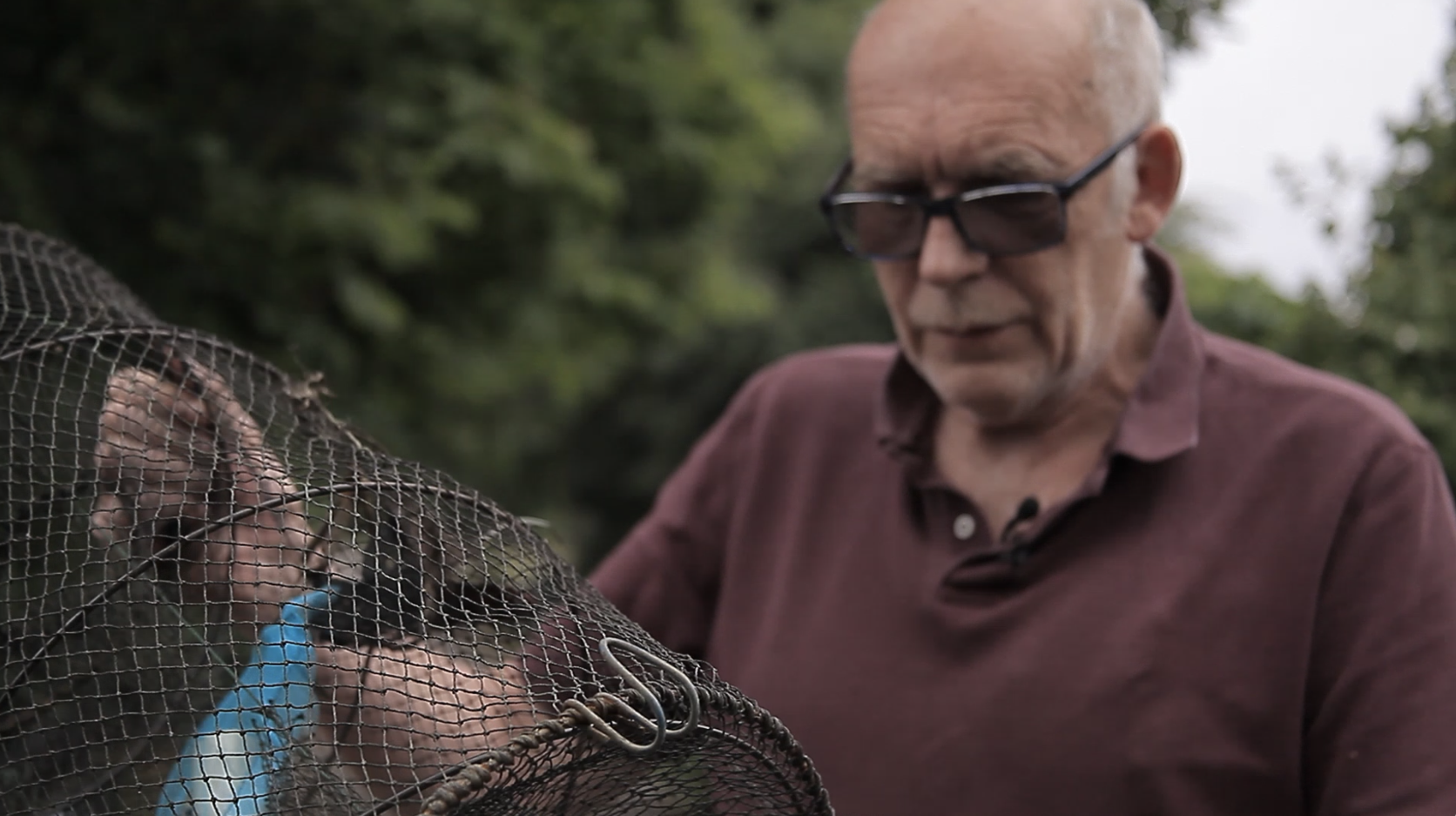
About Jackie Turner
Jackie Turner is a Communications and Engagement Officer at TABLE. While working on a dual degree in Program in the Environment and Screen Arts and Culture at the University of Michigan, she spent a month living on a banana plantation in Central America and that experience changed her relationship with food forever. After six years working as a producer and professional video editor in Los Angeles, she left Hollywood to complete her MSc in Ecological Applications at Imperial College London, where she also started working on a documentary about the future of bananas. She was previously the Visual Storyteller Specialist at Columbia University's International Research Institute for Climate and Society. You can find more of her multimedia work on her website.
Background reading and resources
The Atlantic: Nature doesn't care where a species is from (Emma Marris, 2024)
Ambrook Research: Eating Away the Blue Catfish Invasion (Karen Fischer, 2024)
The Conversation: Invasive species: why Britain can’t eat its way out of its crayfish problem (Eleri G. Pritchard, 2020)
The Guardian: A nice bit of squirrel: should we chow down a diet of invasive species? (Rhik Samadder, 2017)
Related Feed episodes
Grasshoppers - agricultural pest or sustainable food?
Should food systems be more natural?
Photos
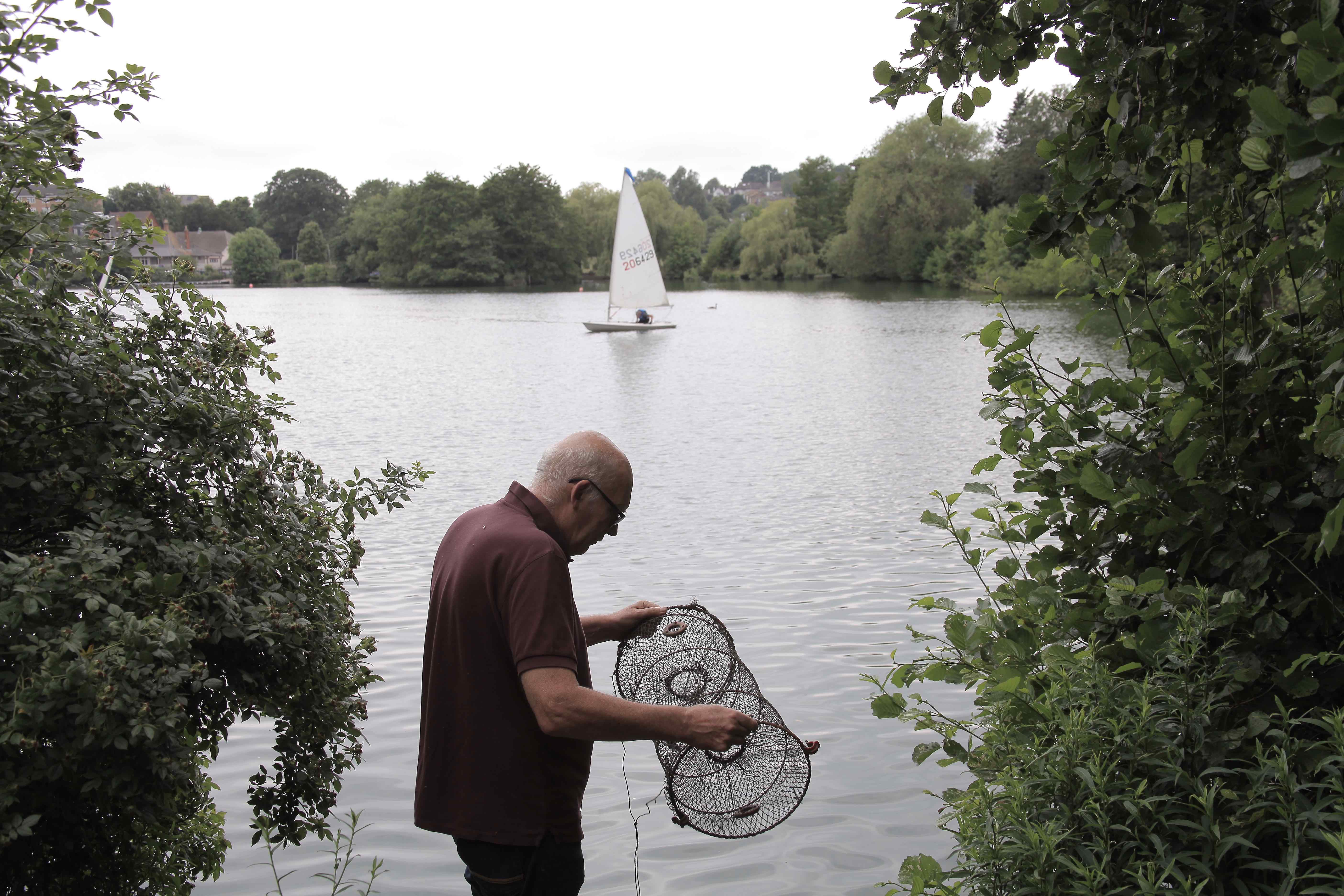
Bob Ring handles a crayfish trap. South London, UK. Photo by Jackie Turner.
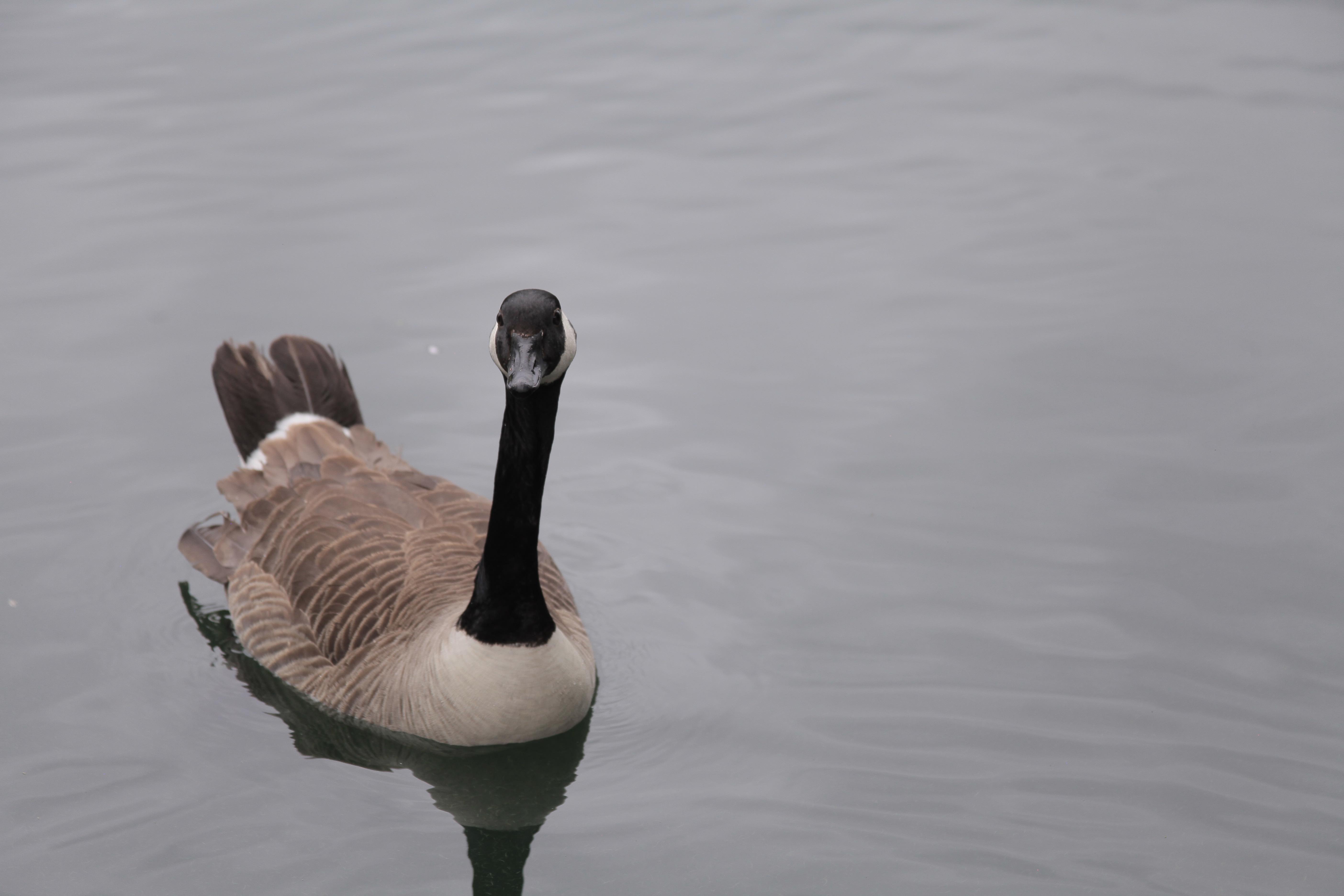
A Canada goose waits expectantly for castoff fish while floating on a lake in South London. Photo by Jackie Turner.
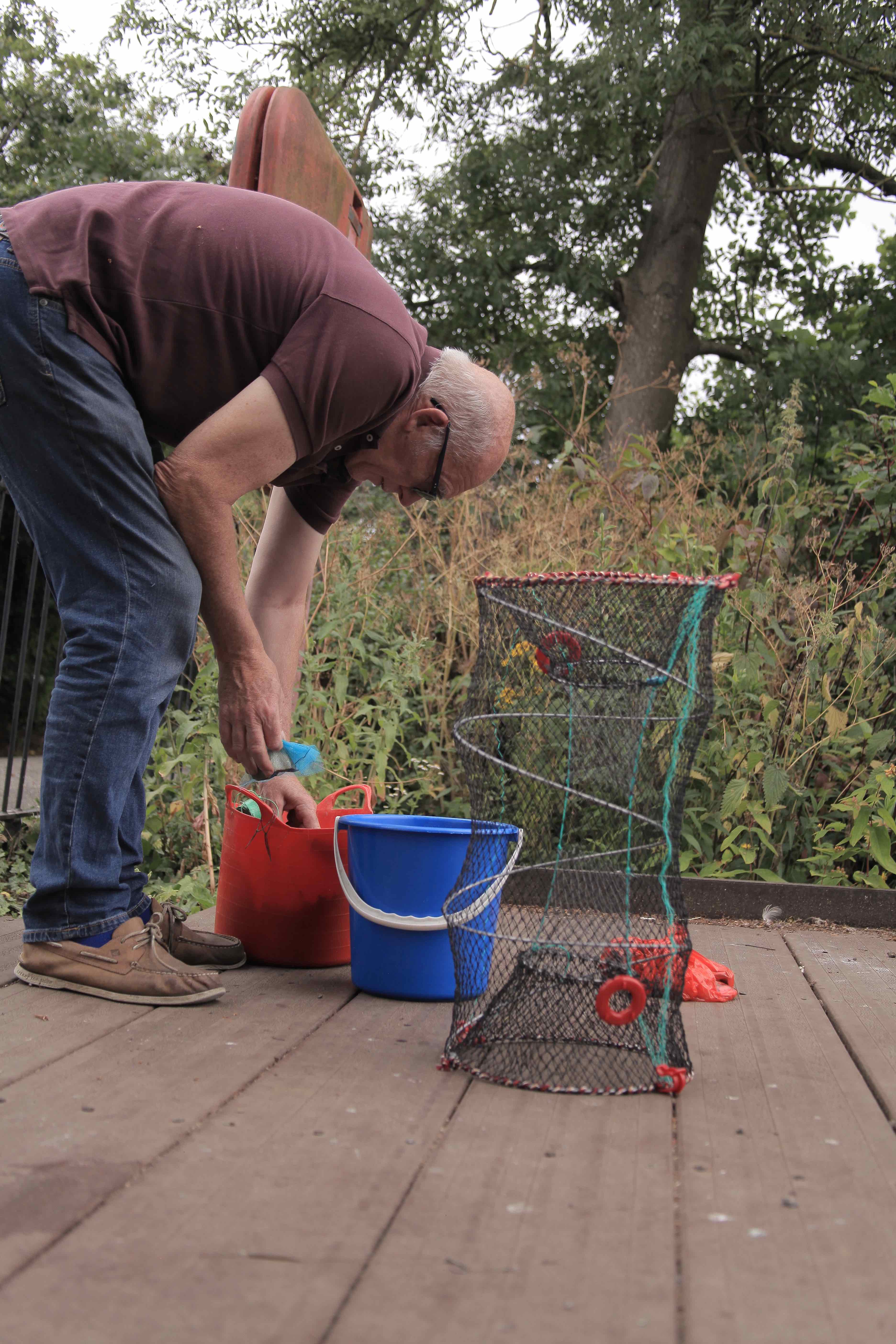
Bob Ring digs through a bucket for a clip while standing on an angler platform next to a lake. Photo by Jackie Turner.
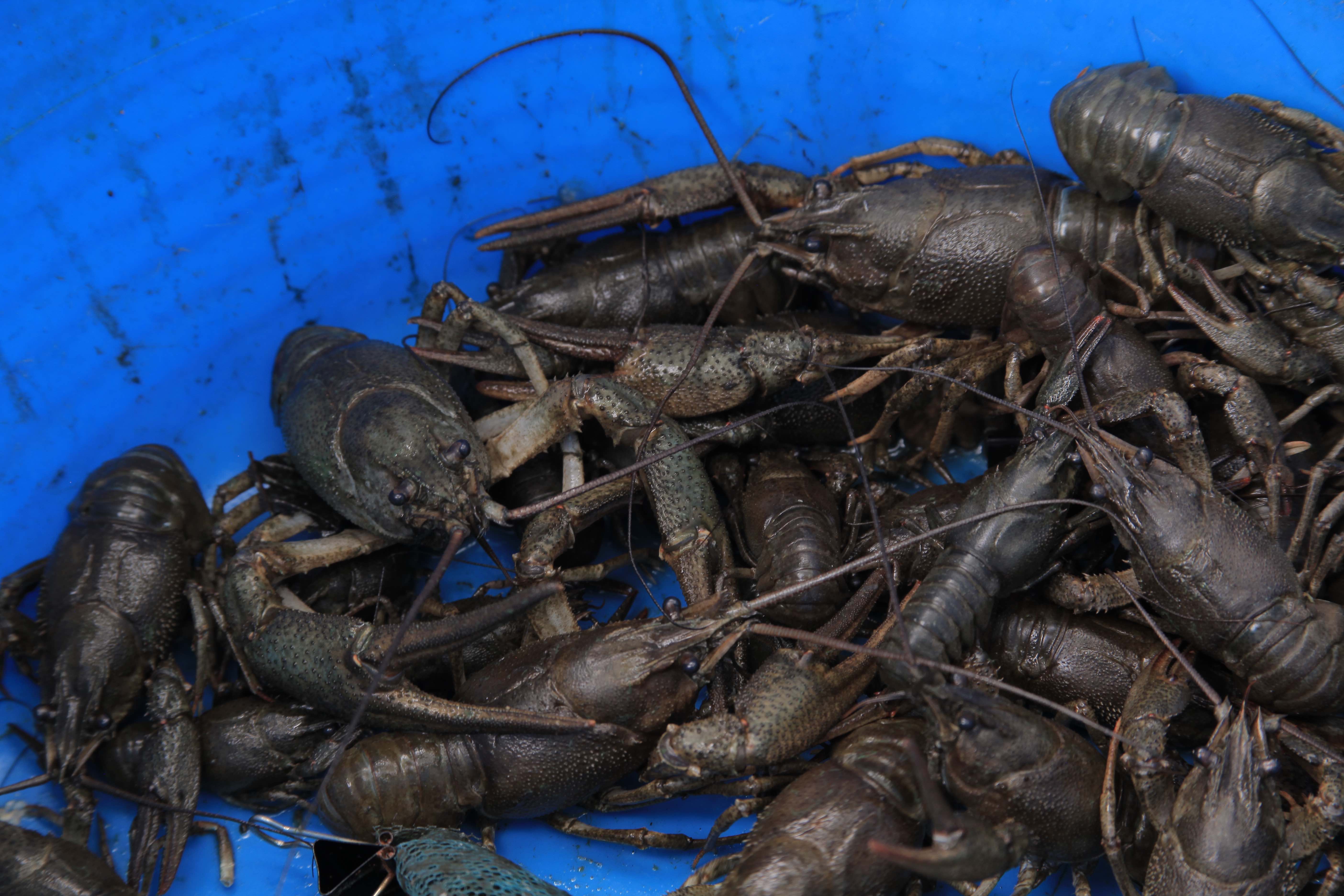
Several crayfish are clustered in a blue bucket. Photo by Jackie Turner.
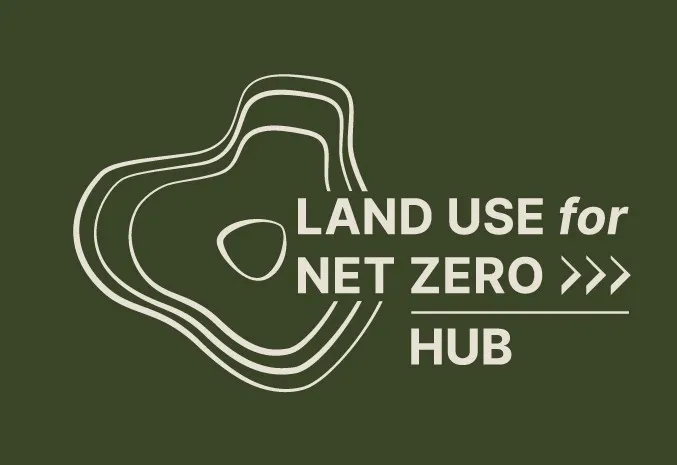
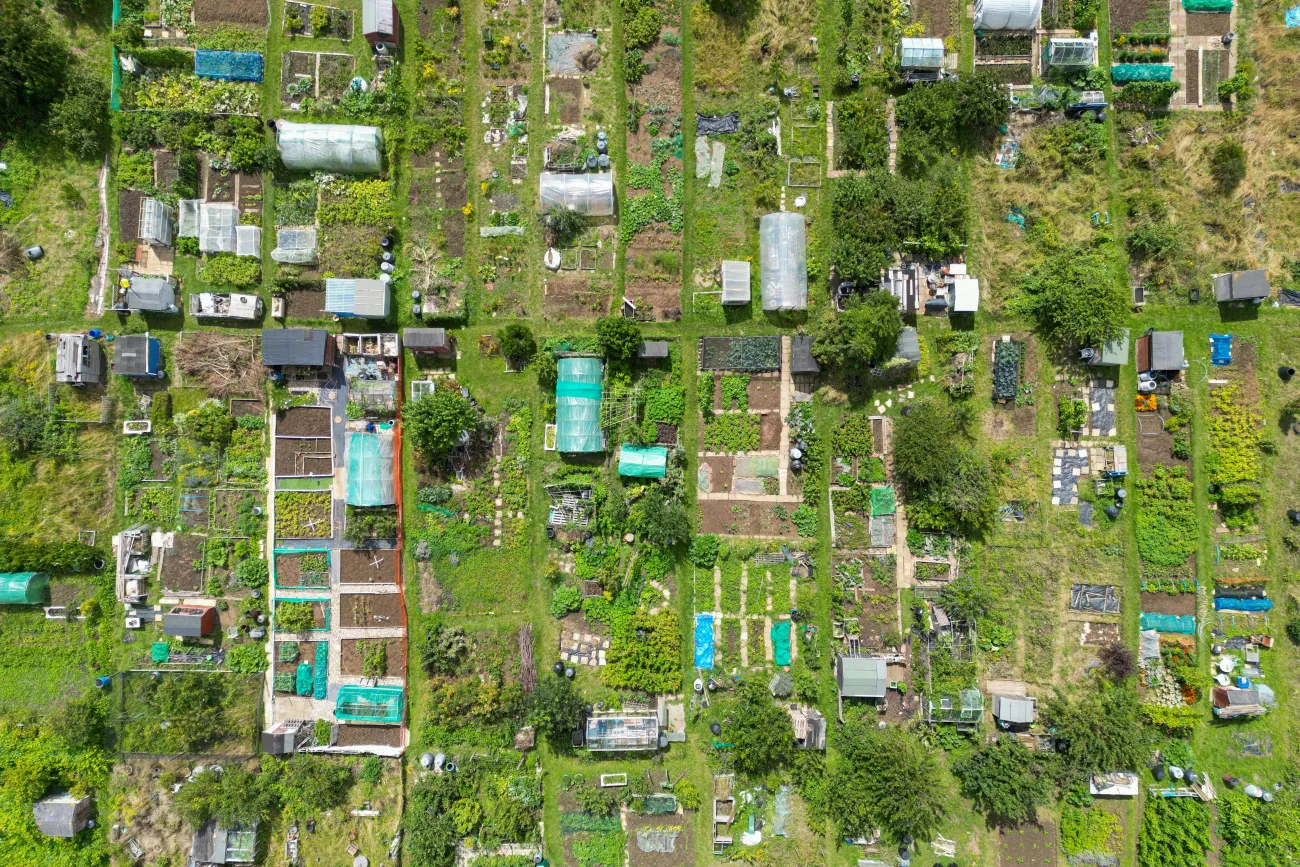

Comments (0)